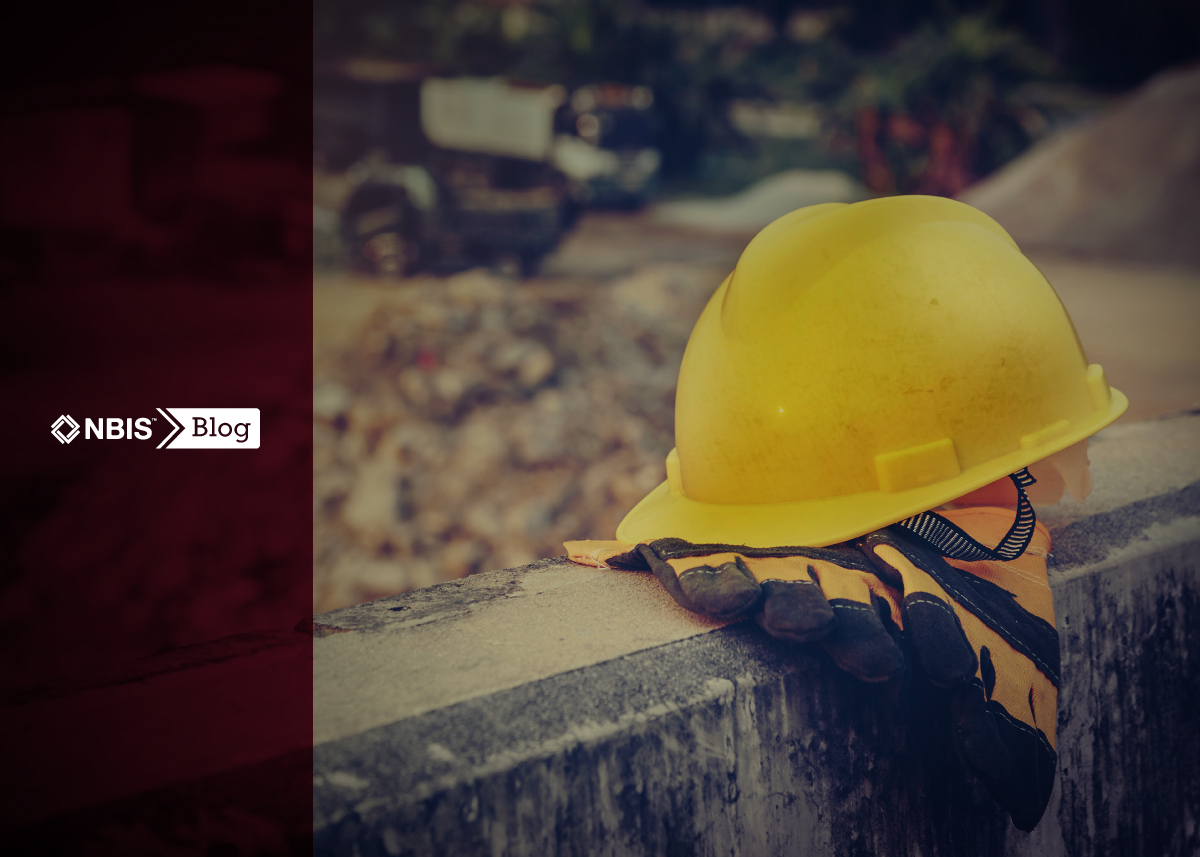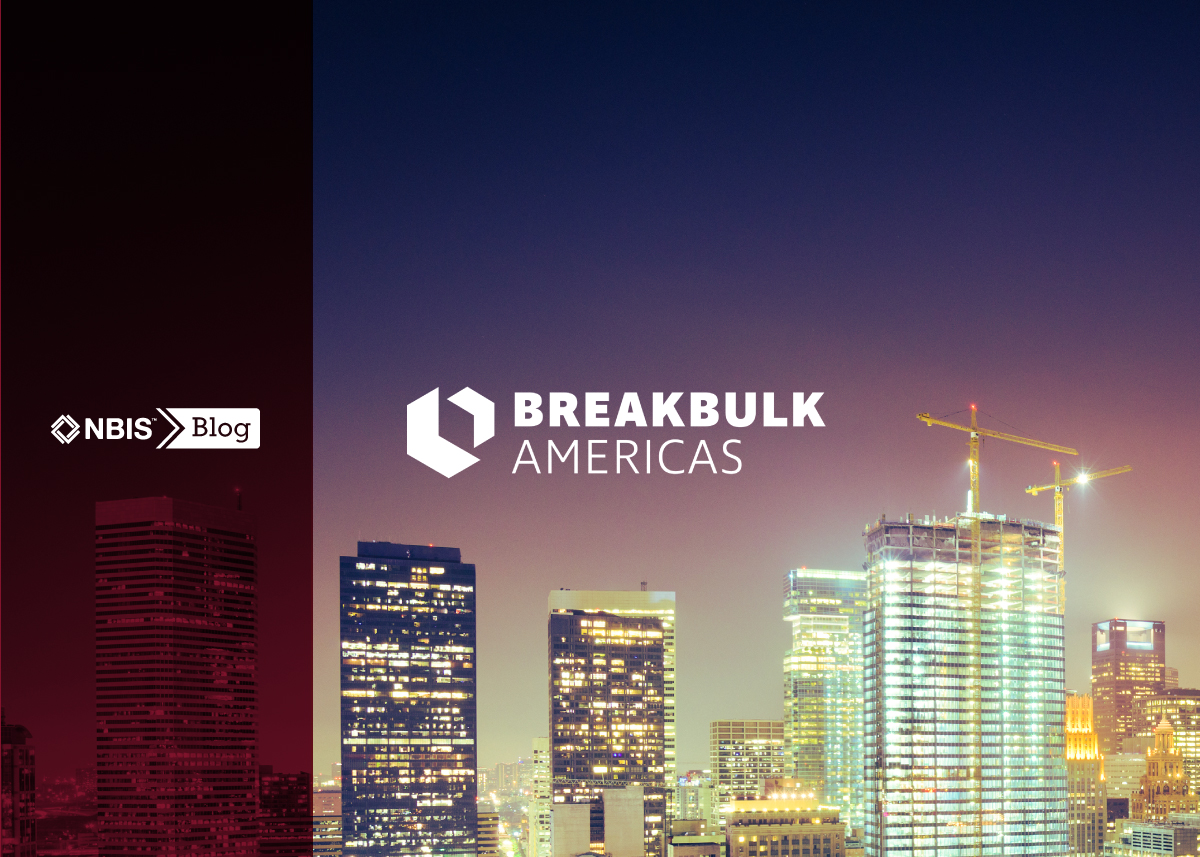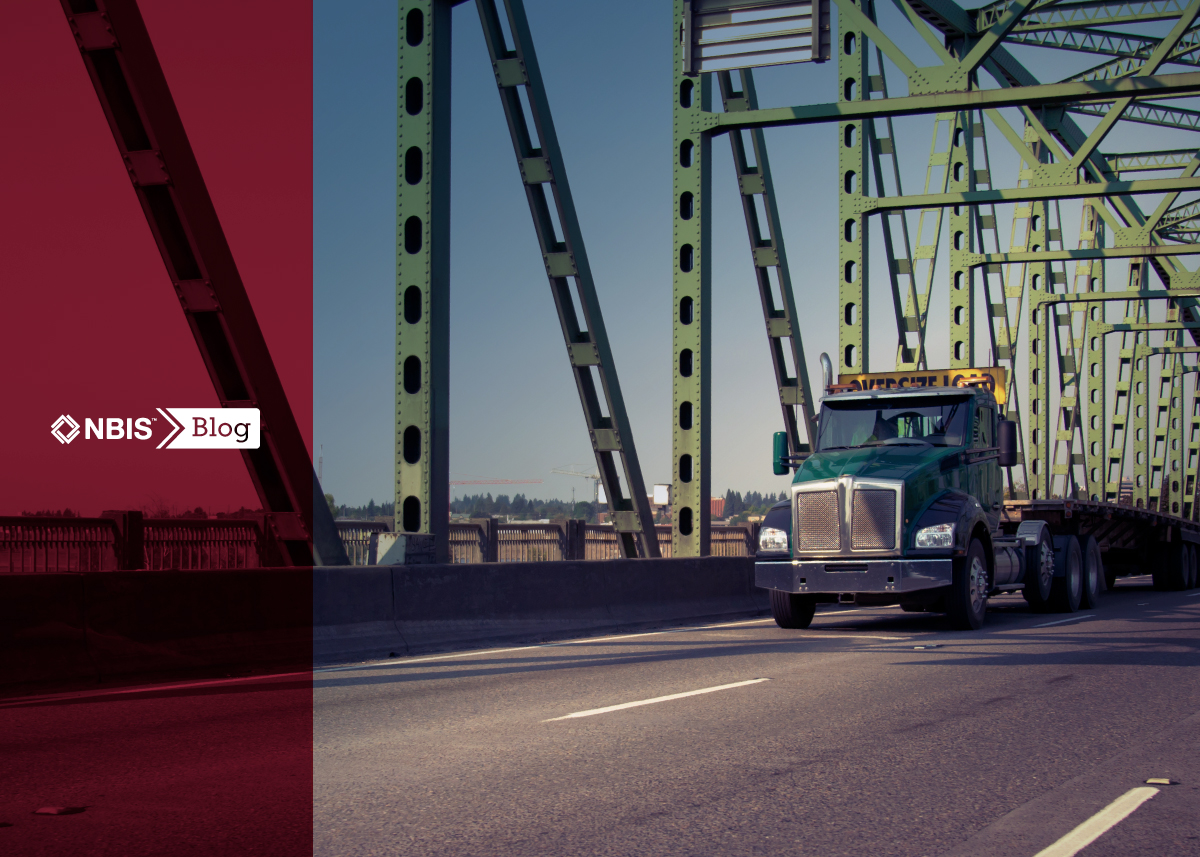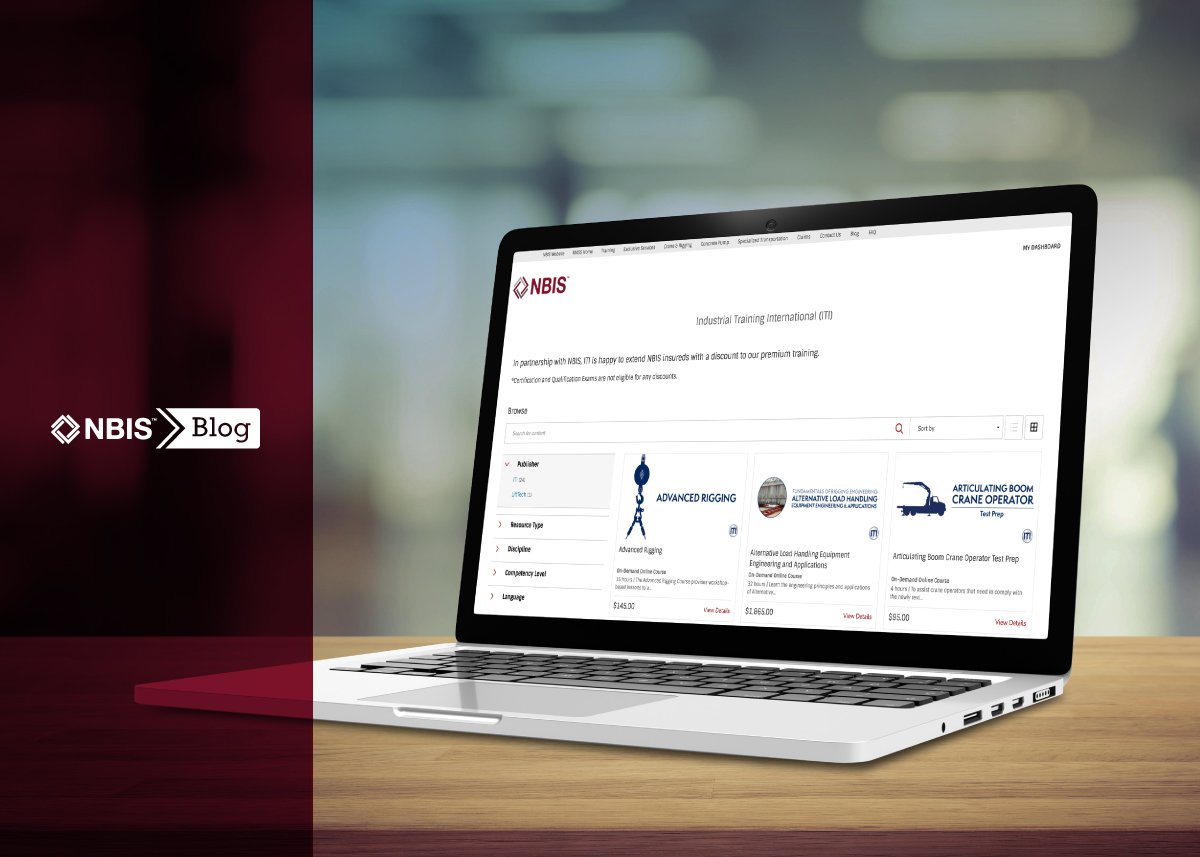Two topics fall beneath the description of “emergent” within construction and transportation at the moment. The worker shortage, and older workers.
Focusing on the shortage first, the recently passed Infrastructure Investment and Jobs Act (IIJA) is going to create a surge of resources and a need for talent that is being described as a once-in-a-generation opportunity.
The law authorizes $1.2 trillion for transportation and infrastructure spending, with $550 billion of that figure going toward “new” investments and programs. And combined with the Build Back Better Act, the IIJA promises to add an average of 1.5 million jobs each year for the next decade—many of them well-paying, union positions.
Over the next year alone, states, territories, tribes, and local governments will begin work to improve 65,000 miles of road and 1,500 bridges, while also investing in 600 airport infrastructure projects. Further still, the Biden administration’s five-year goal is to build half a million electric vehicle charging stations.
But where will the additional workers come from?
Total Human Health
As those of us that work within or near the trades have known for years, the skilled-worker shortage has only expanded. According to the U.S. Bureau of Labor Statistics, there is a current shortage of around 430,000 construction-industry workers—and rising. In 2023, the industry will need to bring in nearly 590,000 new workers on top of normal hiring to meet industry demand. Additionally, according to the American Trucking Association, 80,000 more truck drivers are needed to make up the current shortage in America—a number expected to reach 160,000 by 2030.
That said, long before the pandemic led to more mainstream workplace trends like “The Great Resignation,” the skilled trades were already dealing with workers leaving various industry sectors in search of greater fulfillment, better pay, more accommodating schedules, less physical risk, and many other alternatives.
As for any type of remedy to this problem, many studies have proven that workers around the world would happily stay with their employer if they could sensibly discuss changes in pay, hours, opportunities for advancement, remote work, and other factors. Something to consider—investment in staff is now more important than ever.
As for recruitment, the topic of what inspires potential talent is ongoing as well. Total human health—a combination of both workplace and home life—has become a focus of what modern workers want from a career and the life that comes with it.
Recent Gallup research identified five areas of “well-being”—career, social, community, financial, and physical—that distinguish what people might call a thriving life from one spent merely existing. The research went on to explain that modern workers have come to understand that a successful, fulfilling career comprises each of these components and how they intersect.
Pivotal Assets
Worker-shortage problems notwithstanding, 40 percent of construction workers are expected to retire over the next decade. And according to the Centers for Disease Control and Prevention (CDC), the industry’s average age of retirement is 61. Meanwhile, the average age for construction workers and truckers is 42.5 and 48 respectively.
Regardless of how the industry figures out how to deal with the absence of younger workers, the presence of older workers should also be a key focus—especially since they’re pivotal as both day-to-day assets and mentors to the ever-dwindling younger workforce. All the more reason to understand the realities of the workplace dangers they might face, and how to keep them healthy and around for as long as possible.
While older workers actually tend to experience fewer workplace injuries than their younger colleagues (more experience and wisdom), once an accident occurs, they often require more time to heal. Accidents involving older workers are also more likely to be fatal than with younger counterparts.
The CDC lists ten simple strategies for preparing your workplace for a healthier, safer, and more age-friendly workforce. Consider putting these strategies in place today:
- Prioritize workplace flexibility.
- Match tasks to abilities.
- Avoid prolonged, sedentary work.
- Manage hazards more closely.
- Provide and design ergo-friendly work environments.
- Utilize teams and teamwork strategies.
- Provide health promotion and lifestyle interventions.
- Invest in training and building worker skills.
- Proactively manage reasonable accommodations and the return-to-work process. after illness or injury absences.
- Require aging workforce management skills training for supervisors.







